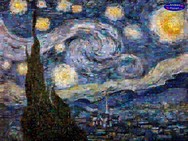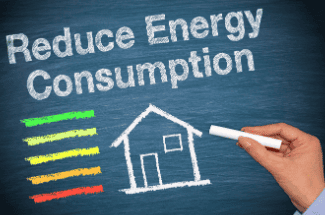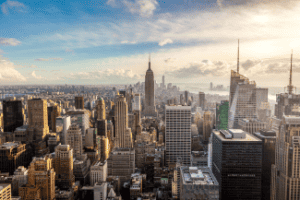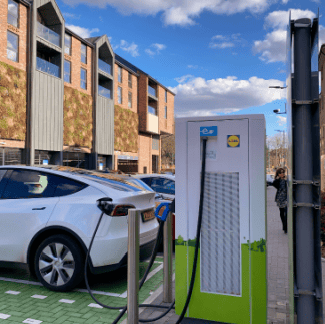This is the Dark Sky Primeval
by Louisa May
 We wish. These days it is not “the murmuring pines and the hemlocks” that are indistinct, it’s the stars. Our skies are too bright at night.
We wish. These days it is not “the murmuring pines and the hemlocks” that are indistinct, it’s the stars. Our skies are too bright at night.
But the International Dark Sky Association (IDA) is here to help us do something about our light- polluted skies. IDA’s mission is ” to preserve and protect the nighttime environment and our heritage of dark skies through quality outdoor lighting.”
It’s not a gimmick. The late Sir Arthur C. Clarke, author of 2001: A Space Odyssey was also an amateur astronomer who cared deeply about the quality of our night skies. As a long time supporter of IDA, he became a lifetime member in March, 1992. With 11,000 members and sky-watchers in over 70 countries, IDA is internationally recognized as the light pollution authority. Light pollution is defined as any adverse effect of artificial light including sky glow, glare, light trespass, light clutter, decreased visibility at night, and energy waste.
Did you know that light pollution travels over 200 miles? It affects more than the behavior of birds, bats, and other animals. Light pollution upsets our body’s circadian rhythms. These are biological cycles of light and dark that recur approximately every 24 hours, and staying on schedule is essential for our good health. When these rhythms are upset, our brain’s production of the hormone melatonin is altered. New studies link people living in industrialized countries, residing in places with bright illumination, to higher rates of breast cancer and prostate cancer.
According to IDA, one of the the best ways we can help restore darkness to our nighttime skies is by looking for an IDA Fixture Seal of Approval (FSA) on all the quality outdoor lighting fixtures we purchase.
The FSA program provides objective, third party certification for luminaires (complete light fixture units consisting of one or more electric lamps, lamp holder and reflector or lens, and any other components and accessories) that minimize glare, reduce light trespass, and don’t pollute the night sky. Over 100 products have already been approved.
The following are some of IDA’s simple guidelines for lighting regulations for small communities, urban neighborhoods and subdivisions:
- All lighting installations must be designed and installed as fully shielded (full cut-off) and must have (with exception per codes) a maximum wattage of 250 watts for commercial lighting, 100 watts incandescent, and 26 watts compact fluorescent for residential lighting.
- In residential areas, light should be “shielded” so that the lamp itself or the lamp image is not directly visible outside the property perimeter.
- For landscape lighting, luminaires should be mounted in or at grade (but not more than three feet above grade) and used solely for landscape and not area lighting.
What about lighting for safety? According to IDA, the idea that more light always results in better safety and security is a myth. “One needs only the right amount of light, in the right place, and at the right time. More light often means wasted light and energy.” Another good way to reduce light pollution is to use motion sensor controlled lighting.
Our skies may never be as dark as they were in the days of the forest primeval, but as consumers we can do our part to minimize light pollution. For more information, visit the IDA website at www.darksky.org.
Check out our Green Pages for information on money saving tips that help the environment. Once there, click on the Green Forum.
American Apartment Owners Association offers discounts on products and services related to your commercial housing investment, including real estate forms, tenant debt collection, tenant background checks, insurance and financing. Find out more at www.joinaaoa.org.
To subscribe to our blog, click here.















 Accessibility
Accessibility